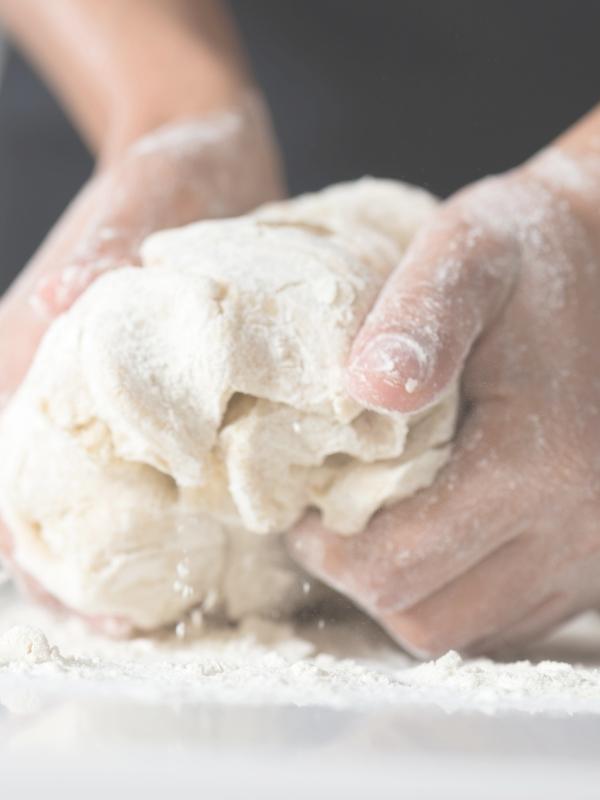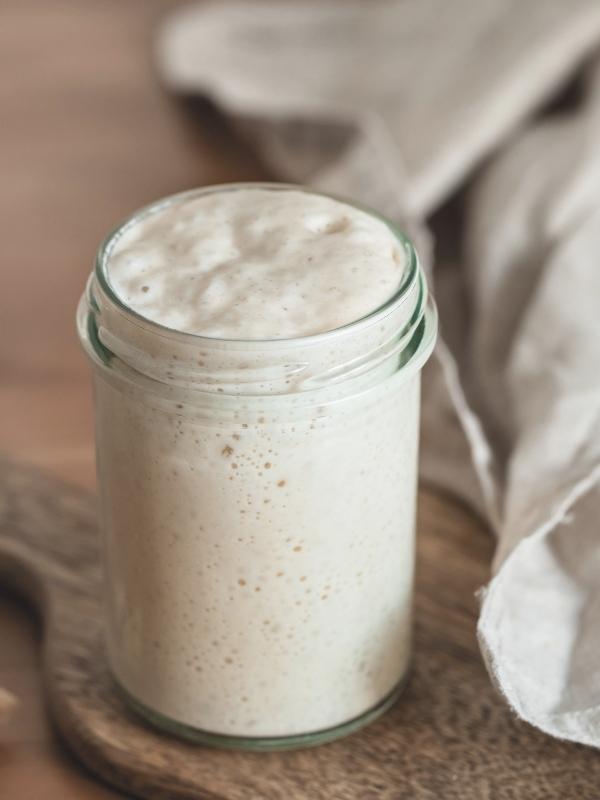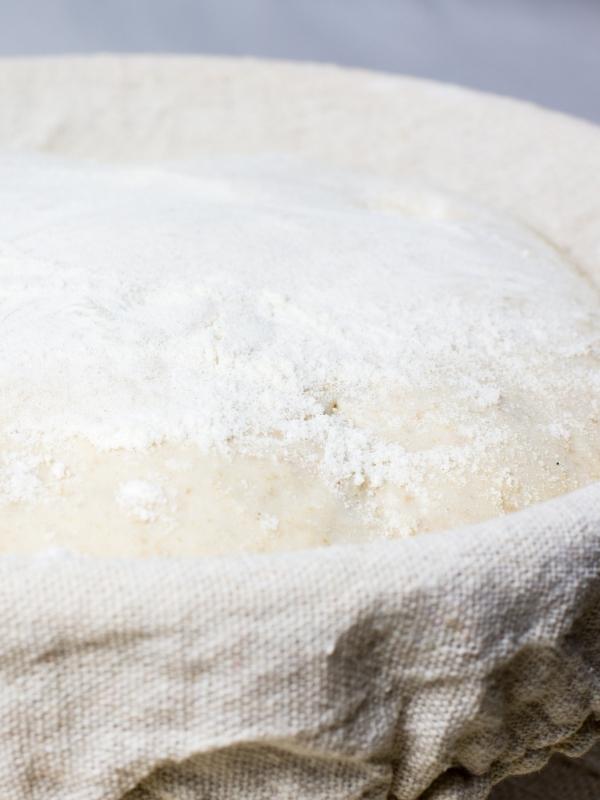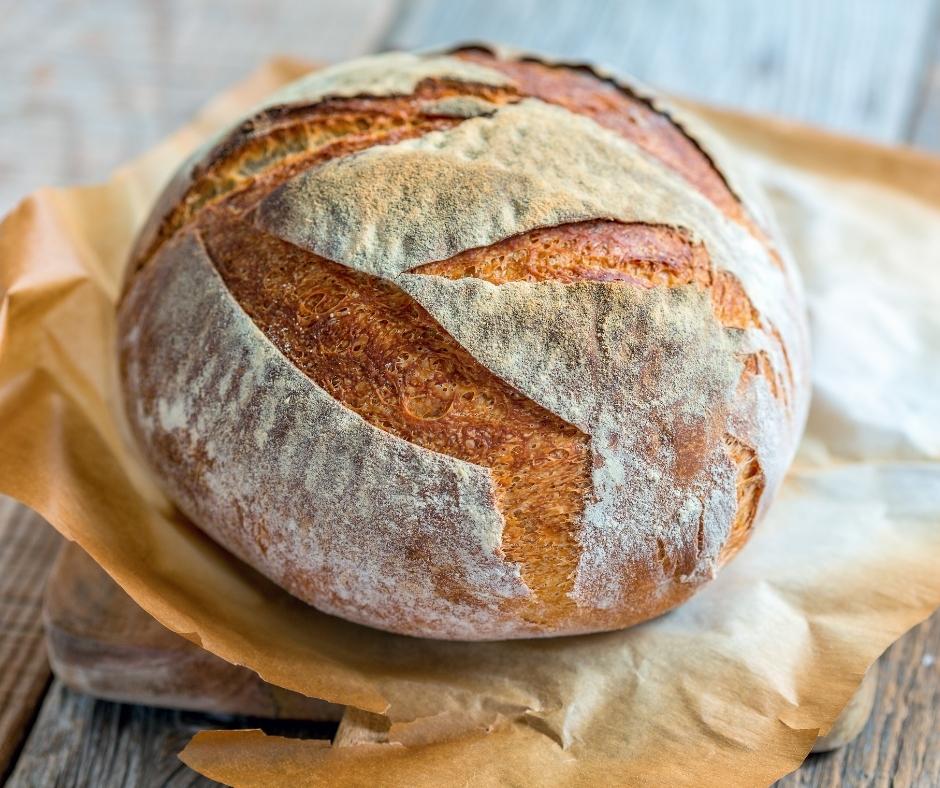
What does bread mean to you?
“Give up bread? no problem!” says no client ever.
Isn’t it funny how many of us can experience bloating, fatigue and even painful digestive issues from eating bread, yet the level of emotional comfort it provides makes it one of the most difficult foods to give up.
I’m confident everyone knows bread is not one of the healthiest food groups – it can raise your blood sugar levels, give you brain fog and add weight to your middle (there I had to say it just to get it out of the way).
That aside, to live a happy, balanced lifestyle, most of us thrive best on a balanced diet, and if that means a little bread once in a while, well our mental health and well-being is worth it.
What if I told you there’s a healthier choice?
Let’s talk a bit about how to choose a HEALTHIER bread, one that’s kinder to your system, easier to digest – and may even reduce or eliminate those unpleasant side-effects you’ve learned to live with.
It’s no secret modern wheat is heavily refined, often stripped of the bran and the germ, leaving the chewy, starchy endosperm. This makes it quick and easy to produce ultra soft, white, nutrient-deficient, highly-processed bread with a questionably long shelf-life. So what then, does healthier bread look like?
Introducing traditional ‘Artisian’ Sourdough ~ sounds amazing already, right?
I’m sure you’ve heard of and even eaten sourdough, but what do you know about it and how is it better?
Did you know, many people find eating sourdough minimizes the bloating, brain fog and weight gain they would normally experience with conventional bread, why is that?


Simple ingredients
Traditional sourdough contains only 3 ingredients (flour, water and salt) – it’s that simple – that’s ALL that’s needed.
In contrast, conventional breads can contain up to 20-30 ingredients, including sugar, high-fructose corn syrup, dough conditioners, oils, chemicals and preservatives (for fun, pull up an ingredient list and copy and paste each ingredient into a search engine – you may be shocked).
One common ingredient, a chemical desiccant called ‘calcium sulfate’, is known to cause such things as irritation of the respiratory tract, redness and itching of the eyes, runny nose and sore throat. I know right? This is what is in the bread our kids are eating!!! This same ingredient, calcium sulfate, is also used in the construction industry to produce plaster-of-paris, portland cement and mortar. Do you really want this in your gut? Could this explain why you feel like you have a belly full of cement (joke but no joke).
It’s all in the yeast
Bread-making involves the use of yeast, a ‘leavening agent’ to make it rise.
Conventional bread uses a commercially-bred, quick-rising yeast that speeds up production time; the result is a difficult-to-digest bread that hasn’t been given enough time for proper fermentation.
In contrast, traditional sourdough is actually gut-friendly due to the natural fermentation process. Wild yeast is captured in a ‘starter’ (a bubbly mixture of fermented flour and water) – this starter contains healthy lactobacillus bacteria and microbes naturally found in your digestive system. The result is an extremely slow process and healthier leavening of the dough.
Sourdough is easier to digest as it acts as a prebiotic, feeding the ‘good’ bacteria in your intestines – this is why even people with IBS or gluten-sensitivities can often indulge in sourdough.


Flour isn’t just flour
Since one loaf of bread can contain up to 500g flour, which can make up 99% of the ingredients, it only makes sense you consume the healthiest, cleanest flour you can find.
Generally, an Artisian baker, using a naturally slow-fermenting sourdough process, will use only the best flour.
In contrast, conventional flour often contains conditioners, chemicals and bleaching agents such as azodirbonmide (note: when buying flour at the store, these potentially health-damaging chemicals do not have to be listed on the ingredient list since they are used in processing – a dirty little secret of the food industry) **see Question 3 below, where I suggest how to purchase good flour for your pantry.
Slow fermentation
A conventional loaf of bread can be prepared in as little as 30 minutes.
That’s quite the contrast to the 2-3 days (yes 2-3 DAYS – you read the right) it takes to produce a loaf of traditional sourdough.
A quick search online for sourdough recipes will reveal the complexity of the process; you’ll really appreciate the commitment and skill of the ‘artisian’ baker; making sourdough bread is truly an art.

I think we can all agree, sourdough bread made with slow-fermenting, easier-to-digest, wild-yeast can be a healthier choice over processed bread made using fast-acting yeast.
so… how are you feeling?
are you excited?
ready to visit your local bakery?
Before you do, let me help you ask the right questions so you can find the BEST, most authentic sourdough in your area.
3 simple questions to ask the baker or look for on the label…
Question 1: How many ingredients?
Remember bread needs only 3 ingredients – flour, water and salt
Are there additional ingredients? If yes, are they healthy?
Question 2: Is there added yeast?
There are 2 ways to leaven bread:
add an instant, fast-acting yeast X
use natural fermentation with a sourdough ‘starter’ ✓
Question 3: Is there ADA (azodicardonmide) and/or other bleaching agents or chemicals in the flour?
Hopefully you’ll find a baker who’s proud to share the quality of their flour (although I have yet to find an authentic sourdough baker who would use a processed, store-grade flour).
** Hint: when you can confirm there are no chemicals in the flour, ask if you can buy some for home use – most bakeries would gladly sell you a few lbs of their flour – this will no-doubt be much better quality than a store-bought brand.
Don’t be fooled: Beware of a trick of the industry that can fool you into thinking you are buying ‘slow-fermenting, authentic’ sourdough. You may notice ‘sourdough’ breads with added ‘yeast’ included in the ingredient list – this is likely a conventional bread (made with fast-rising yeast) with some added sourdough for flavouring; remember, if they’re adding yeast, they’re bypassing the natural, slow-fermentation that helps with digestion (sadly, this what I see at most ‘Big Box’ and ‘Chain’ stores).
Let’s support our local independent Artisian bakeries; let’s share our knowledge and their information with family and friends!
I hope you find an Artisian baker in your area and you savour your delicious loaf of authentic, naturally-fermented sourdough.
If you’ve enjoyed this post, if you’ve learned something or have a question, please leave a comment below – I’d love to hear from you!
Debbie


Thanks for the information. Who is your favourite local artisan baker?
In St. Catharines I’ve found beautiful authentic sourdough at both ‘Congusto Bakery’ 87 Hanover Drive and also ‘DelaTerre’ 55 Geneva St (Delaterre also has bagels that are true sourdough as well) ENJOY!!! ? ?
Terrific, I’ve been looking for authentic sour dough bread. It is so easy to be fooled with some brands. Thank-you and yes I found this very helpful ?
Great information Deb. Thanks
Wow so interesting! It’s crazy what’s in our food and we don’t even know it. Thank you for the information and great alternative/healthier option.
Very informative article. Unfortunately we don’t have a bakery in our area. I enjoy being in the kitchen, do you have any recipes to share?
Making traditional sourdough is likely one of the most satisfying things you’ll ever make. There will never be a more enjoyable loaf of bread then one you make yourself – traditionally, from scratch! It will likely, also, be the most frustrating thing you’ve ever made as well. I have made many loaves of sourdough and still, not perfected. It’s the timing that gets thrown off when you are waiting for a starter to be bubbly and perfect (there were times I was up at 2:00am making bread because my starter was ready and if didn’t use it then, I’d have to feed it again and the next day the timing didn’t work out). Having said that, try it, have fun with it, there are many good recipes online and YouTube videos, I follow The Perfect Loaf and have made bread and pizza dough from their recipes: https://www.theperfectloaf.com/50-fresh-milled-whole-wheat-sourdough/
Please let us know how you make out, I am excited for you to try Kristina!
Thanks for the read. I got into making sourdough over the course of the last 2 years. It was a very long process, but so well worth it.